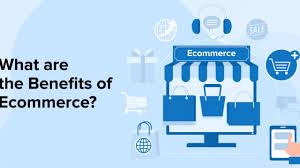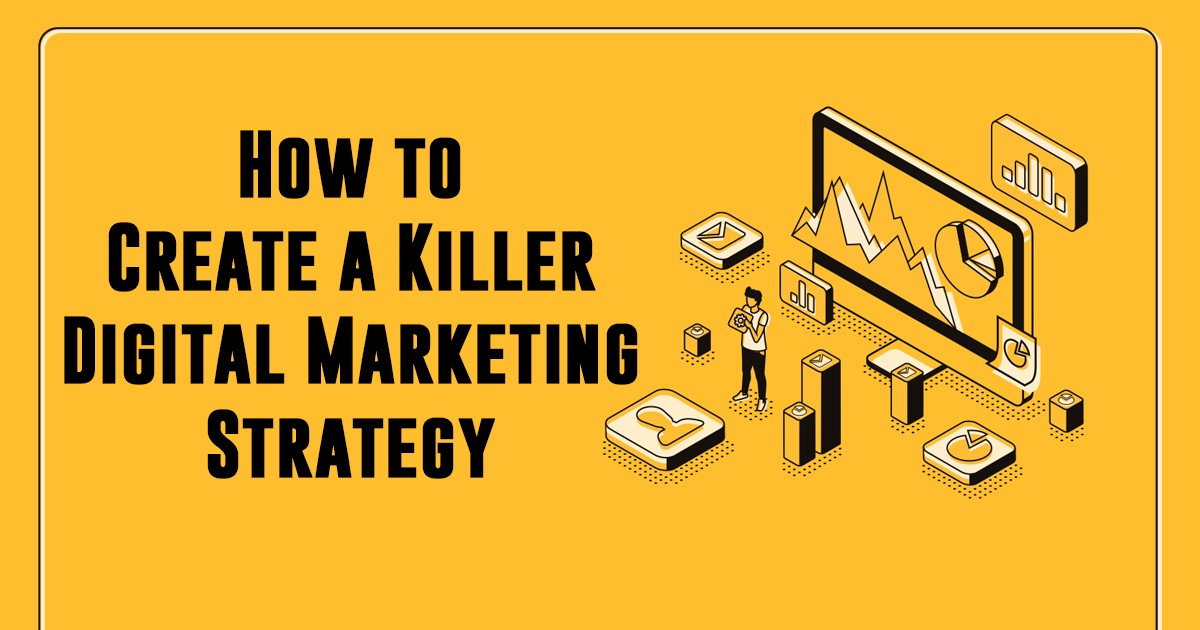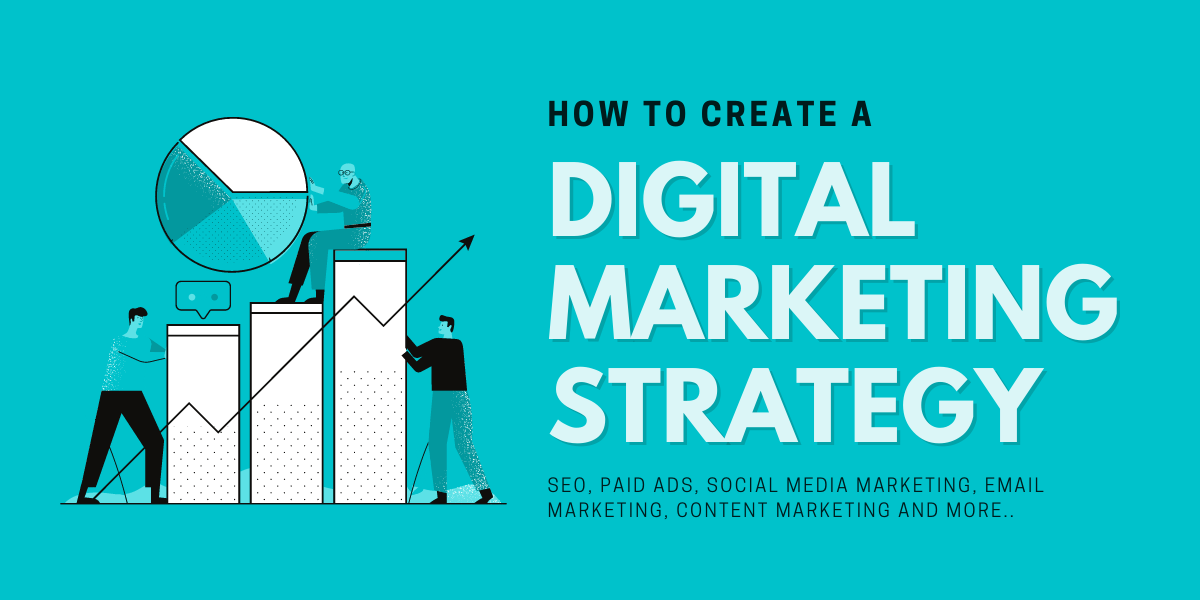
Benefits of Ecommerce Product Listing Services
The Benefits of Ecommerce Product Listing Services: Streamlining Your Online Store for Success In the fast-paced world of ecommerce, standing out among the competition is more challenging than ever. With millions of products being listed…



